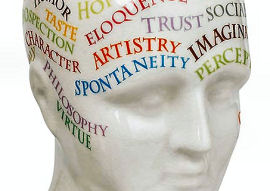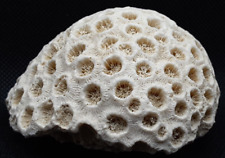
When we use a tool – even for just a few minutes – it changes the way our brain represents the size of our body, with the tool becoming an integrated component of our body schema, say researchers in the journal Current Biology.
“Since the origin of the concept of body schema, the idea of its functional plasticity has always been taken for granted, even if no direct evidence has been provided until now,” said Alessandro Farn, of the Université Claude Bernard in Lyon. “Our series of experiments provides the first, definitive demonstration that this century-old intuition is true.”
In the new study, the researchers reasoned that if one incorporates a used tool into the body schema, his or her subsequent bodily movements should differ when compared to those performed before the tool was used. And that is exactly what the researchers saw. After using a mechanical grabber that extended their reach, people behaved as though their arm really was longer. What’s more, study participants perceived touches delivered on the elbow and middle fingertip of their arm as if they were farther apart after their use of the grabbing tool.
It’s a phenomenon each of us unconsciously experiences every day, notes the study. “The reason you were able to brush your teeth this morning without necessarily looking at your mouth or arm is because your toothbrush was integrated into your brain’s representation of your arm,” explained Farn.
“We believe this ability of our body representation to functionally adapt to incorporate tools is the fundamental basis of skillful tool use,” added co-researcher Lucilla Cardinali. “Once the tool is incorporated in the body schema, it can be maneuvered and controlled as if it were a body part itself.”
Related:
Researchers probe brain’s communication infrastructure
Neurons Mix Digital And Analog Functionality
Linguistic Resources Shape Reality


















Comments are closed.